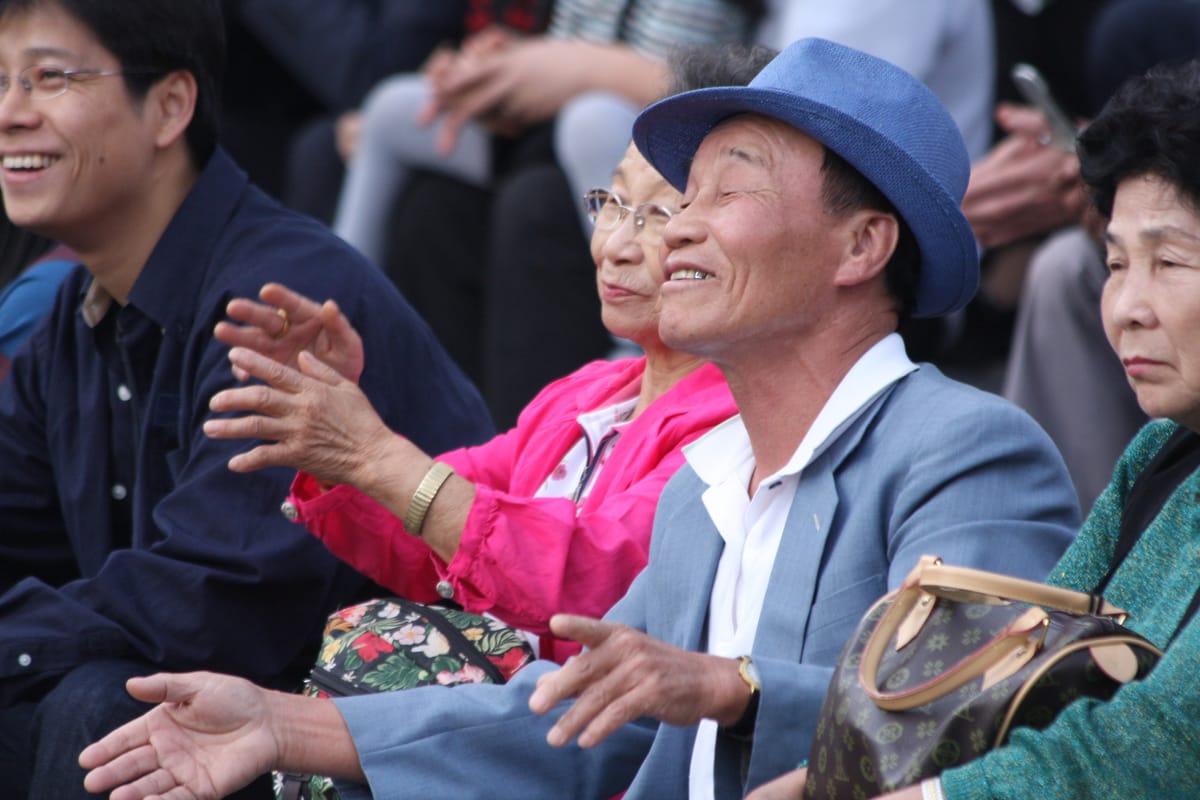Korea's Demographic Reckoning: Confronting a Shrinking, Graying Future

In 2023, a seismic population milestone passed with little fanfare. For the first time in six years, the number of domestic Koreans dipped below 50 million, registering at 49.85 million. This is no mere demographic blip, but a harbinger of epochal change as the dual forces of record low birth rates and rapid aging reshape the Korean peninsula.
The statistics paint a sobering picture. Korea's total fertility rate plummeted to 0.72 last year, the lowest in the world and far below the replacement level of 2.1. On current trends, by 2042 the total population will shrink to 49.6 million, while the proportion of those 65 and older will top 35%. This spells economic and social upheaval, with profound implications for everything from labor markets and pensions to immigration and national identity.
"I love kids, but I can't imagine being able to afford them," says Lee Ji-eun, a 29year-old graphic designer in Seoul. "Between my student loans, long work hours, and the cost of hagwons [private cram schools], having a child seems like a distant dream."
The causes of Korea's baby bust are well known but deeply entrenched. A hyper-competitive education system, runaway housing costs, and a punishing work culture have led many young people to delay or forgo marriage and children. The average age at first marriage is now 33 for men and 31 for women, up from 27 and 24 a generation ago. "I love kids, but I can't imagine being able to afford them," says Lee Ji-eun, a 29-year-old graphic designer in Seoul. "Between my student loans, long work hours, and the cost of hagwons [private cram schools], having a child seems like a distant dream."